GLYCEMIC INDEX AND GLYCEMIC LOAD
To gauge how efficiently food works its way through your digestive system to affect your blood sugar, researchers at the University of Toronto developed the glycemic index (GI). The faster a food is digested and absorbed into your bloodstream, the higher its GI. High-GI foods cause a rapid increase in blood sugar, which is dangerous, especially for people with diabetes. But GI was based on a standard measurement (50 g of carbohydrates) for all foods. In real life, people dont tend to eat the same amounts of sugar as they do pasta or carrots. Glycemic Index Vs. Glycemic Load | FOOD | GI | SIZE | GL | | Grains and Cereals | | Bagel, white | | 2 oz (70 g) | | | Barley, pearled | | 5 oz (150 g) | | | Bread, white | | 1 oz (30 g) | | | Bread, whole grain, pumpernickel | | 1 oz (30 g) | | | Bread, whole wheat | | 1 oz (30 g) | | | Cereal, All-Bran | | 1 oz (30 g) | | | Cereal, cornflakes | | 1 oz (30 g) | | | Cereal, muesli | | 1 oz (30 g) | | | Fruits | | Apple | | 4 oz (125 g) | | | Apple juice, unsweetened | | 8 oz (250 mL) | | | Banana | | 4 oz (125 g) | | | Grapefruit | | 4 oz (125 g) | | | Grapes | | 4 oz (125 g) | | | Orange | | 4 oz (125 g) | | | Peach | | 4 oz (125 g) | | | Watermelon | | 4 oz (125 g) | | | Vegetables | | Baked potato | | 5 oz (150 g) | | | Baked potato, mashed | | 5 oz (150 g) | | | Carrots | | 3 oz (90 g) | | | Kidney beans | | 5.2 oz (150 g) | | | Lentils | | 5.2 oz (150 g) | | | Peas | | 3 oz (90 g) | | | Soybeans | | 5.2 oz (150 g) | | | Sweet potato | | 5 oz (150 g) | |
So scientists used a little math wizardry to translate the glycemic index into more practical terms. What emerged is the glycemic load (GL). This tool considers the type of carbohydrate in the food and the amount of carbohydrate in a standard serving. By this new criterion, sugar and starchy foods and some fruits have high GL values whereas most vegetables and fruits have low GL values, meaning they are less likely to make your blood sugar spike. Both are usefulGI helps you choose better carbs while GL helps with portion sizes. Today, there are more than 750 published GI and GL values of various foods. However, you should take all GL lists as a general guide only. As it turns out, one persons glycemic response can differ from anothers. It may vary even in the same person from day to day. Also, the state of food can change its GL. For example, small differences in a bananas ripeness can double its GL. Plus, fat and protein slow down digestion, making the GL of a baked potato topped with sour cream and served with a steak different than the GL of the potato itself. People who eat diets with a high GL have a higher rate of obesity, diabetes, heart disease, and cancer. One study found that swapping just one baked potato per week for a serving of brown rice could reduce a persons odds of developing type 2 diabetes by up to 30%.   A READERS DIGEST BOOK Copyright 2013 The Readers Digest Association, Inc. All rights reserved. A READERS DIGEST BOOK Copyright 2013 The Readers Digest Association, Inc. All rights reserved. Unauthorized reproduction, in any manner, is prohibited. Readers Digest is a registered trademark of The Readers Digest Association, Inc. ISBN 978-1-62145-059-7 We are committed to both the quality of our products and the service we provide to our customers. We value your comments, so please feel free to contact us. The Readers Digest Association, Inc.
Adult Trade Publishing
44 South Broadway
White Plains, NY 10601 For more Readers Digest products and information, visit our website: www.rd.com (in the United States) www.readersdigest.ca (in Canada) NOTE TO OUR READERS The information in this book should not be substituted for, or used to alter, medical therapy without your doctors advice. For a specific health problem, consult your physician for guidance. Eating eggs or egg whites that are not completely cooked poses the possibility of salmonella food poisoning. The risk is greater for pregnant women, the elderly, the very young, and persons with impaired immune systems. If you are concerned about salmonella, you can use reconstituted powdered egg whites or pasteurized eggs. contents
 IN MODERATION ONLY IN MODERATION ONLY     ABOUT THIS BOOK ABOUT THIS BOOK
An all-new cookbook companion to the mega-selling food guide Welcome to Foods That Harm, Foods That Heal Cookbook! This companion to the best-selling will help you take all of its knowledge about nutrition, healing foods, and harmful foods and put it to use every day, so you and your family can lead healthier, happier lives. The first edition of the pioneering Foods That Harm, Foods That Heal, published in 1997, introduced readers to the explosion of research on the links between nutrition and health and the benefits of whole foods. Subsequent editionsincluding the latest, published in 2013expanded on that information to highlight new healing compounds as well as introduce you to new foods and explore the connections that certain foods have to specific ailments. Knowledge is power, but it only goes so far. You need to know how to put that knowledge to work for you, and thats where Foods That Harm, Foods That Heal Cookbook comes in. It is your practical, daily guide. Loaded with 250 recipes plus meal plans for more than 100 ailments, this cookbook gives you the tools you need to get more foods that heal into your diet and foods that harm out of it. Foods That Harm, Foods That Heal Cookbook is divided into three sections: Foods, Recipes, and Ailments. The first part of the book is an A-to-Z directory of almost 150 foods along with selected lists of What They Heal, How They Harm, and the nutrients they provide. Youll find serving sizes and calorie amounts (for your information onlyno need to measure, count, or calculate!), along with advice on how to buy the best products, keep them fresh, and prepare them simply. Youll also find special sidebars about foods that you should enjoy In Moderation Only, along with tips on how to make them healthier when you do indulge. Recipes make up the next section. Organized by categories, including Breakfasts, Soups and Stews, Sandwiches and Light Meals, Salads, Entres, Sides, Snacks, Desserts, and Drinks, they are quick, easy-to-make, and delicious. Each recipe features at least three healing foods and a list of some of the ailments it can heal. In the third section, youll find an alphabetical listing of more than 100 ailmentsfrom a common sore throat to debilitating conditions such as multiple sclerosis. | Next page
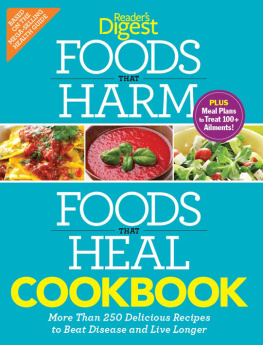



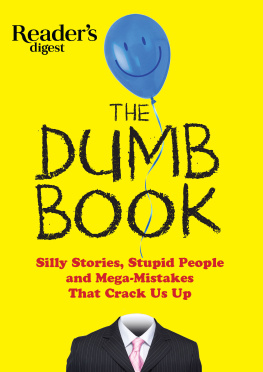

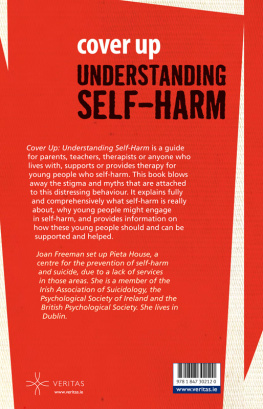
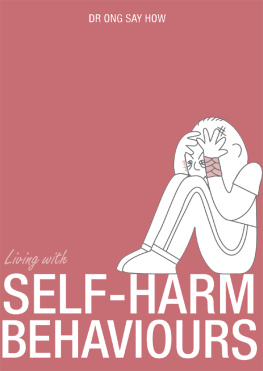

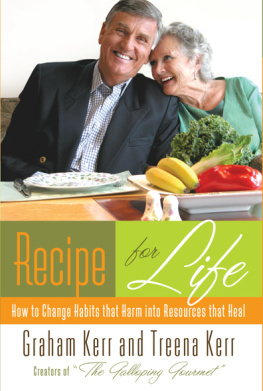


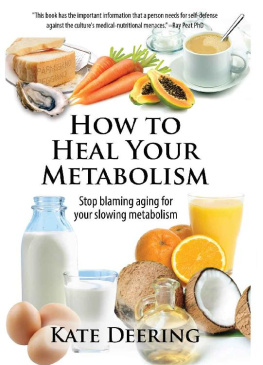
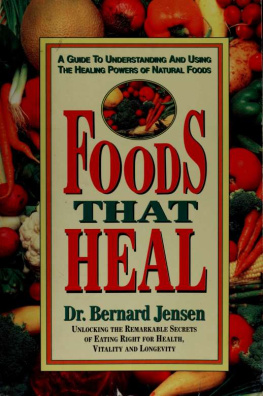
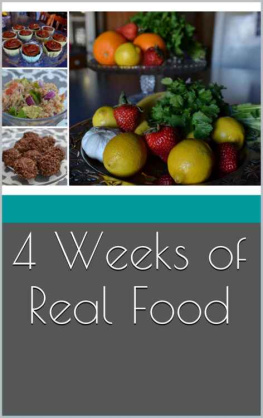
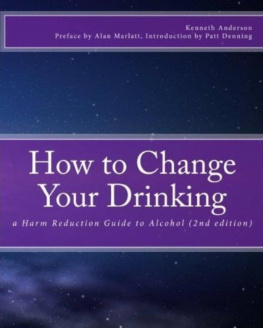



 A READERS DIGEST BOOK Copyright 2013 The Readers Digest Association, Inc. All rights reserved.
A READERS DIGEST BOOK Copyright 2013 The Readers Digest Association, Inc. All rights reserved. IN MODERATION ONLY
IN MODERATION ONLY 


 ABOUT THIS BOOK
ABOUT THIS BOOK